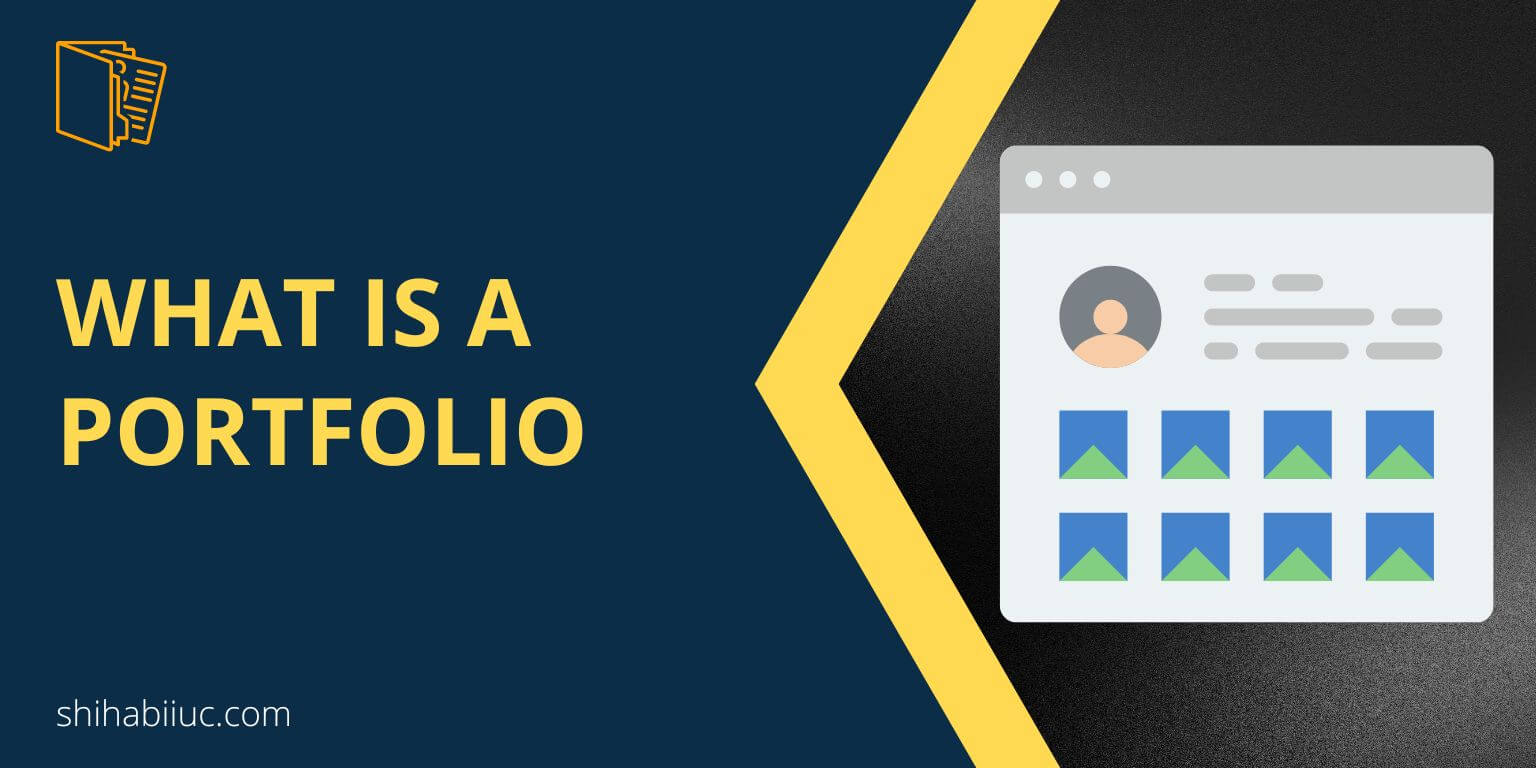
A portfolio website is a collection of past works. Most clients may want to see related work samples before hiring someone. So the client can be assured that they are getting their job done by a person who has the required skill set.
If you’re the person who wants to get clients, then you need to organize your accomplishments in such a way that the target customers get inspired to hire you. And this is what a portfolio is.
Not to mention, it can be defined from various perspectives such as service, investment, education, etc. But in this post, we are defining & discussing from the angle of a service provider. And it’s different than your resume or CV (curriculum vitae).
And it could be a portfolio of a freelancer, lawyer, attorney, artist, etc.
Everything that you need to know about an online portfolio
In this section, I will share some information that will give you a rock-solid concept and clear myths that some of you may have.
Also, you will know how to create it.
What to do with your portfolio website when you have no experience?
When you’re just getting started, you may don’t have the experience working with real clients. And most of us came across this situation. It’s hard but we have to overcome it. And a portfolio is a great tool to generate leads & sales.
As the definition says that it is a collection of past work history. But the question is how to create it when you have none of them.
Maybe back in 2016 when I first started offering web design services, I faced it. I created a portfolio website but I had not enough experience to showcase them. Moreover, some of the clients did not want me to share their projects on my portfolio. How bizarre!
So I created a couple of projects myself without getting any money from clients to do that. And I uploaded them online & added them to my portfolio as past work samples. Didn’t you like this idea?
I don’t know about you but I still appreciate my own idea which helped me land more jobs. Also, I have been working on a freelance website since that time. Whenever I applied for a job, I linked my it to the application. This way I was getting some eyeballs and conversion sometimes.
The moral of this story is you can create your portfolio when you have no experience. If it’s you, I would advise documenting your learning path and creating some outstanding samples. It’s not easy but worth doing it. If you want to learn more, see how to showcase your portfolio when you’re a beginner.
Many of you think that you are not able to create a portfolio unless you have real experience working with clients. But it’s a myth.
How much does it cost to create a portfolio website?
Generally, it costs $200 to $500. The cost also depends on the type of hosting and other technical aspects.
You can create a slightly animated portfolio website but do not overdo it as this is not user-friendly. There are various platforms where you can create it. Such as WordPress, Wix, Squarespace, Weebly, etc. Also, there are different technologies you can use. For example, HTML, CSS, Javascript, React, PHP, etc.
I have created a static portfolio template that you can edit and use for totally free. However, you will need a domain & hosting that I have no control over them.
If you’re totally out of luck, you can create & host your website for free. In this case, it will load over a subdomain. To learn more about it, see how to create a portfolio website for free.
But if you have an affordable budget, you can hire me to create one for you or someone else you like to do it. Especially if you’re not tech-savvy.
Important parts that you should include
The most important parts are the individual item or work sample. Depending on your niche, make sure all the samples are descriptive and answer all the questions people may have. If the items are accessible online, make sure you linked to them.
Another important part is the testimonials. If you don’t have them yet, make sure you’re trying to collect them from day one.
But you already have them, be sure to create a separate page for those testimonials. They really help you to convert.
If you have a one-page website or if you don’t want to create a separate page for those, you can use a carousel or slider underneath your portfolio items. If you need inspiration or if you want, you can use a testimonial slider that I created. It’s free & will be.
And it brings me to the end of this post.
| Learn & practice CSS with real-world examples |
|---|
| Learn basic CSS from the ground up. |
| Build real projects in HTML CSS. |
Build HTML CSS projects
Conclusion
Now you know what a portfolio is and also you got the resources to create your own. If you’re not able to afford or create it at this time, I would encourage you to take notes & screenshots of the works & achievements you’re coming through. These will help you to organize and create your portfolio more effectively & easily in the near future.


